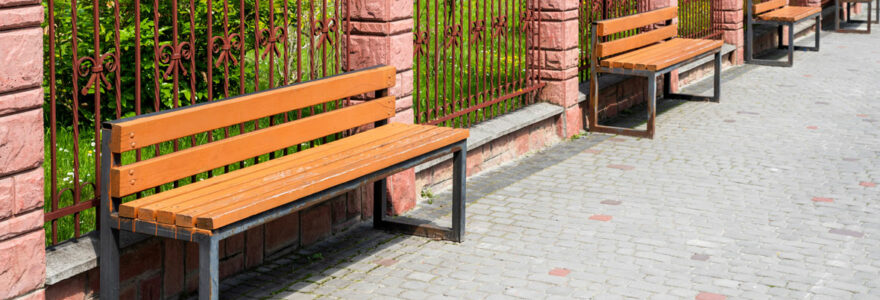The urban environment, a complex tapestry of architecture, infrastructure, and human activity, becomes more accessible and navigable with the strategic placement and design of street furniture. Providing much more than just aesthetic appeal, these seemingly mundane objects play a pivotal role in ensuring pedestrian safety, enhancing comfort, and integrating public transport systems. From public seating and lighting to well-designed city planning strategies, street furniture fosters inclusivity, ensuring cities remain hospitable for all inhabitants. Consequently, the effective use of street furniture becomes a key component in urban development, shaping cities into accessible, safe, and comfortable spaces.
Infusing Quality and Safety into City Life through Urban Furniture Design
Urban environments are often characterized by the quality and safety of their public spaces. A significant influencer of these spaces is the design and inclusion of urban furniture.
Street Furniture specialists, through their expertise, contribute significantly to this development. The selection of elements and materials used in urban furniture is a process intricately designed to meet the needs of city dwellers.
Urban furniture not only defines the aesthetic of a city but also impacts social interactions and safety. The new wave of urban furniture design goes beyond aesthetics; it focuses on creating pieces that promote safety, accessibility, and quality of life.
Role of Public Seating and Lighting in Pedestrian Comfort and Safety
Urban environments have seen a rising emphasis on the significance of public seating and lighting in enhancing pedestrian comfort and safety. Properly planned and well-maintained seating areas serve as a haven for residents, providing a space for relaxation, social interaction, and observation. Effective lighting, on the other hand, elevates the usability and safety of public spaces during evening hours. Illuminated spaces foster a sense of security, deterring potential criminal activity while enabling users to navigate their environment with ease.
Optimizing seating and lighting requires strategic techniques:
Seating should be plentiful, durable, and strategically placed to cater to diverse users
Lighting should be adequately bright, yet not blinding, and must effectively illuminate essential areas like crosswalks, staircases, and seating zones.
Regular maintenance checks are necessary for both seating and lighting fixtures to ensure their reliability and longevity.
Collectively, the management of public seating and lighting plays a pivotal role in creating welcoming, safe, and accessible outdoor urban environments. By prioritizing these elements, cities can effectively enhance pedestrian comfort and safety, thereby fostering a sense of community and improving the quality of urban life.
City Planning Strategies: Street Furniture for Enhanced Accessibility
A city's planning strategy plays a significant role in molding the accessibility of its urban environment. One of the most crucial considerations in this process is the effective use of street furniture. The integration of well-designed and strategically placed street furniture can dramatically enhance accessibility, create attractive outdoor spaces, and strengthen public transportation systems.
Role of Street Furniture in Pedestrian Safety
Street furniture, such as benches, bollards, and lighting, significantly contributes to pedestrian safety. These elements not only add aesthetic value to streets but also serve functional roles, reducing accidents and ensuring safe navigation. For example, bollards, typically used in traffic engineering, serve as a physical barrier preventing vehicles from entering pedestrian zones, thereby enhancing safety.
Designing Cities with Accessible Outdoor Spaces
Quality street furniture is integral to designing accessible outdoor spaces. From providing resting spots to improving navigation, these elements make a city's outdoor spaces more user-friendly and accessible. Elements like tactile paving help visually impaired individuals navigate, underscoring how thoughtful street furniture placement enhances accessibility.
Street Furniture and Public Transport Integration
Integrating street furniture with public transportation systems can significantly improve the overall user experience. Bus shelters, for instance, provide passengers with a place to rest and shield them from the elements while waiting for their ride. Such thoughtful planning and design contribute to an efficient and user-friendly transportation system.
Effective Use of Street Furniture in Urban Development
In recent years, the effective use of street furniture such as benches and bike racks has played a significant role in urban development. While designing and planning urban spaces, the placement and type of street furniture used can greatly impact the environment and the people who use these spaces.
